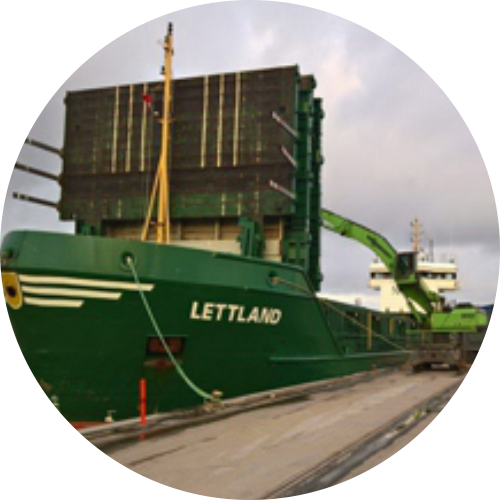
Pellets feed hundreds of thousands of heating systems, individual stoves or centralized systems, but have you ever wondered how pellets are produced?
Let’s start by talking about raw materials. The processing of the logs takes place directly in the forest. From here the logs are sent to the processing terminals for the production of by-products, including the sawdust with which pellets will be produced.
Forest cutting is carried out following all environmental protection and respect regulations. Our forests have obtained FSC certification.

When the logs arrive in production, the phase of squaring, cutting, drying, storage and collection of the sawdust begins, which will later become pellets.
From the forest to the final destination, our Pellet travels thousands of kilometers by ship, train or road.
How is the pellet produced?
The raw materials (sawdust, bark, etc.) enter the mill where they are crushed. The mass enters the dryer and then into the pellet press where the wood flour is compressed. The compression during pressing increases the temperature of the material and the lignin contained in the wood softens and binds the particles forming a narrow cylinder.
The production of one ton of pellets requires about 2.3-2.6 cubic meters of wood raw material, in addition to burning about 0.6 cubic meters of sawdust. At the end of cooling, the pellets are packed in various formats: from small packages (2-20 kg) to large bags (large industrial packaging) weighing 1 ton or delivered to the customer in bulk.
Looking for quality pellets? Choose our products!
Why buy pellets?
Pellets are an economical renewable and CO2 neutral energy source. Pellets are a clever way to use woodworking waste material. Today, pellets feed millions of stoves for domestic heating and central heating boilers. Thanks to the advantageous heat product / price ratio, pellets have become a valid alternative to all the most common fuels, including methane gas.





